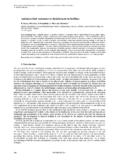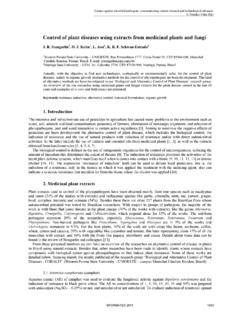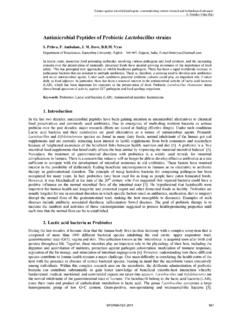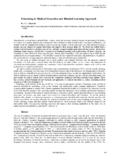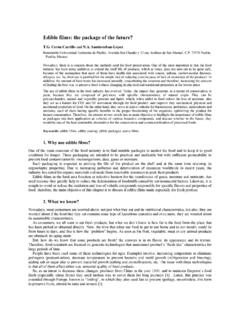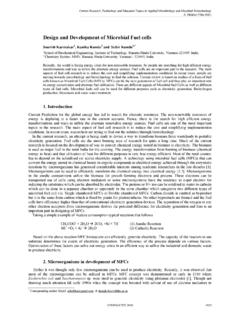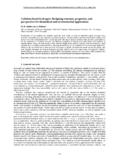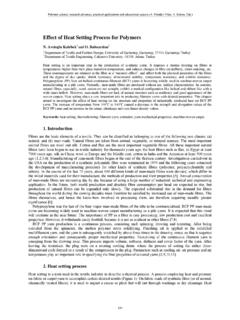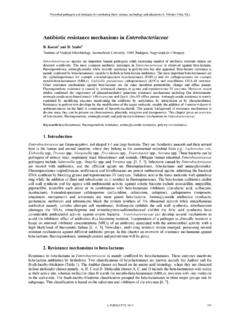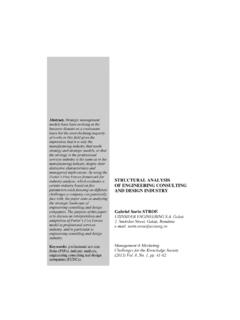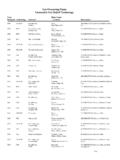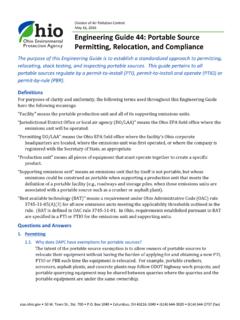Transcription of Endophytic fungi for producing bioactive …
1 Endophytic fungi for producing bioactive compounds originally from their host plants J. Zhao1, L. Zhou1,* , J. Wang2, T. Shan1, L. Zhong1, X. Liu1, and X. Gao3 1 Department of Plant Pathology, College of Agronomy and Biotechnology, China Agricultural University, Beijing 100193, China 2 Department of Environmental Science and engineering , College of Resource and Environmental Science, China Agricultural University, Beijing 100193, China 3 Department of Entomology, College of Agronomy and Biotechnology, China Agricultural University, Beijing 100193, China Plant Endophytic fungi are an important and novel resource of natural bioactive compounds with their potential applications in agriculture, medicine and food industry.
2 In the past two decades, many valuable bioactive compounds with antimicrobial, insecticidal, cytotoxic and anticancer activities have been successfully discovered from the Endophytic fungi . During the long period of co*evolution, a friendly relationship was formed between each endophyte and its host plant. Some endophytes have the ability to produce the same or similar bioactive compounds as those originated from their host plants. This chapter mainly reviewed the research progress on the Endophytic fungi for producing plant*derived bioactive compounds such as paclitaxel, podophyllotoxin, camptothecine, vinblastine, hypericin and diosgenin etc.
3 The relations between the Endophytic fungi and their host plants, some available strategies for efficiently promoting production of these bioactive compounds, as well as their potential applications in the future are also discussed. It is beneficial for us to better understand and take advantage of plant Endophytic fungi . Keywords Endophytic fungi ; bioactive compounds; host plants; co*evolution relations 1. Introduction Plant Endophytic fungi are defined as the fungi which spend the whole or part of their lifecycle colonizing inter*and/or intra*cellularly inside the healthy tissues of the host plants, typically causing no apparent symptoms of disease.
4 They are important components of plant micro*ecosystems [1*3]. Plant Endophytic fungi have been found in each plant species examined, and it is estimated that there are over one million fungal endophytes existed in the nature [4]. Plant Endophytic fungi have been recognized as an important and novel resource of natural bioactive products with potential application in agriculture, medicine and food industry [5*7]. Since the "gold" bioactive compound paclitaxel (taxol) discovered from the Endophytic fungus Taxomyces andreanae in 1993 [8], many scientists have been increasing their interests in studying fungal endophytes as potential producers of novel and biologically active compounds.
5 In the past two decades, many valuable bioactive compounds with antimicrobial, insecticidal, cytotoxic and anticancer activities have been successfully discovered from the Endophytic fungi . These bioactive compounds could be classified as alkaloids, terpenoids, steroids, quinones, lignans, phenols and lactones [2, 9]. During the long period of co*evolution, a friendly relationship was gradually set up between each Endophytic fungus and its host plant. The host plant can supply plenteous nutriment and easeful habitation for the survival of its endophytes. On the other hand, the endophytes would produce a number of bioactive compounds for helping the host plants to resist external biotic and abiotic stresses, and benefiting for the host growth in return [3, 10].
6 Some Endophytic fungi have developed the ability to produce the same or similar bioactive substances as those originated from the host plants. This is beneficial for us to study the relations between the endophytes and their host plants, and to develop a substitutable approach for efficiently producing these scarce and valuable bioactive compounds [6, 11]. This chapter mainly describes the research progress on the Endophytic fungi for producing bioactive compounds such as paclitaxel, podophyllotoxin, camptothecine, vinblastine, hypericin and diosgenin (Fig. 1), which were also produced by their host plants. The potential relationships of the endophytes with their host plants, some available strategies for efficiently promoting production of these bioactive compounds, as well as their potential application in the future are also discussed.
7 * Corresponding author: Ligang Zhou, e*mail: Phone: +86 10 62731199, Fax: +86 10 62731062 _____ HOOOHOOHOHCH3CH3 OHOHH ypericinPaclitaxelBaccatin III: R=COCH310*Deacetylbaccatin III: R=H PodophyllotoxinOOOHNHOOOHOOOOHOOHOOHOOOH OOOOHROHOOOOOOHOCH3 OCH3CH3 OOCamptothecin: R1=R2=H9*Methoxycamptothecin: R1=OCH3, R2=H10*Hydroxycamptothecin: R1=H, R2=OHNNOOOOHR1R2 NHNOHCH2CH3CH3 OOCHNNRCH3 OHOCOOCH3 OCOCH3CH2CH3 HHVinblastine: R=CH3 Vincristine: R=CHO OOHOD iosgeninOHOOOOOOOHHHOHOOONHH2 NHO *IroneHuperzine AToosendanin *IroneO Fig. 1 Structures of the bioactive compounds from the Endophytic fungi and their host plants.
8 2. Endophytic fungi for producing paclitaxel and its analogues Paclitaxel (taxol), as a well*known and highly functionalized tetracyclic diterpenoid bioactive compound found originally from the bark of Taxus brevifolia in 1971 [12], has been proved with an efficient action against prostate, ovarian, breast and lung cancers. Its primary mechanism of action is related to the ability to stabilize the microtubules and to disrupt their dynamic equilibrium [13]. Up to now, the major supply of paclitaxel has been from the wild Taxus plants. However, it is found in extremely low amounts in various parts such as the needles, barks and roots of Taxus species.
9 In order to satisfy the growing demand of market and make it more widely available, the alternative resource and potential strategy should be developed. In the last 40 years, many efficient approaches such as field cultivation, plant cell and tissue culture, chemical synthesize for paclitaxel production have been developed, and much progress has been achieved [14]. However, it is not realistic for producing paclitaxel with these measures as the problems of time*consuming, lower yield and non economic. Fortunately, a paclitaxel producing Endophytic fungus Taxomyces andreanae was successfully discovered from the Pacific yew (Taxus brevifolia) in 1993 [8].
10 This tremendous finding firstly showed that the plant Endophytic fungi also had the ability to produce paclitaxel, giving us a novel and promising approach to produce this valuable compound. Since then, many scientists have been increasing their interests in studying fungal endophytes as potential candidates for producing paclitaxel. Extensive research such as searching for _____ paclitaxel* producing Endophytic fungi from Taxus species as well as from other related plant species, microbial fermentation processes and genetic engineering for improving paclitaxel production has been developed, and much progress has been achieved during the past two decades.
